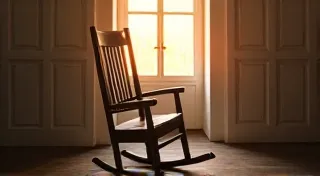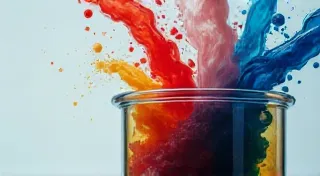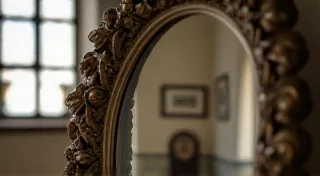The Cartographer of Memory: Tracing Literary Journeys Through Bookmark Collections
Bookmarks. They're often overlooked, dismissed as mere placeholders in the grand narrative of a book. Yet, to the discerning collector, they are far more – miniature artifacts, whispered secrets of literary passions, and tangible echoes of personal histories. A collection of vintage bookmarks isn't just a gathering of paper or metal; it’s a cartography of memory, charting the ever-evolving landscape of a reader’s soul. They’re the silent witnesses to countless hours lost in imagined worlds, and, surprisingly, can reveal far more about a person than even the books they cherish.
My own fascination began with my grandmother, Elsie. She wasn’t a flamboyant woman, preferring the quiet company of books to bustling social gatherings. After she passed, sorting through her belongings felt like trespassing on a deeply personal sanctuary. It was amongst her treasured novels, meticulously cared for and frequently reread, that I discovered her collection. Not a sprawling hoard, but a small, perfectly curated assembly of bookmarks spanning several decades. Each one, from a faded silk ribbon to a gilded Art Deco piece, spoke volumes about her changing tastes and the stories that moved her.
The earliest bookmarks were simple – pressed flowers, neatly folded newspaper clippings with literary quotes. They hinted at a youthful enthusiasm, a time when reading was a source of joyful discovery. As the decades passed, the bookmarks became more sophisticated, reflecting a growing appreciation for design and craftsmanship. There were embroidered silk pieces, a nod to her wartime service and a practicality born of necessity. Later, a delicate Art Deco bookmark, its geometric patterns a vibrant contrast to the stoic narratives she often chose. Each piece, a subtle clue in the ongoing puzzle of Elsie’s inner life.
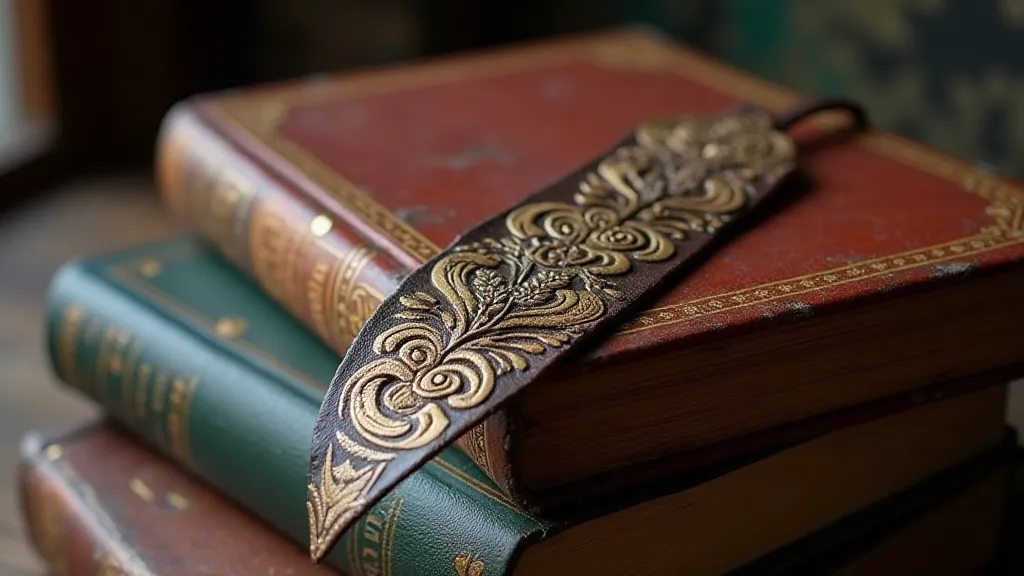
A History Etched in Paper and Metal
The history of bookmarks themselves is surprisingly rich. While rudimentary markers have existed since antiquity – leaves, scraps of cloth – the formalized bookmark emerged alongside the rise of the printing press. Early printed books were luxury items, often bound in precious materials, and preserving their pages was paramount. Simple ribbons and strings were the initial solution, evolving into more decorative elements as printing techniques advanced. The Victorian era saw a blossoming of bookmark artistry, with manufacturers competing to produce increasingly elaborate designs – lace, silk, embossed paper, and even precious metals. The Arts and Crafts movement further emphasized handmade quality and unique artistry.
The rise of industrialization brought mass-produced bookmarks, making them accessible to a wider audience. While some lamented the decline in handcrafted quality, these mass-produced items often reflect the design trends and cultural aesthetics of their time. Advertisements printed directly on bookmarks became commonplace, offering glimpses into the products and services that captivated previous generations. These aren't simply “junk” bookmarks; they are miniature snapshots of a bygone era, imbued with their own historical significance. Understanding the nuances of bookmark collecting – knowing where to look for authentic pieces, recognizing fakes, and appreciating the intricacies of different eras – can be a journey in itself. For those new to the hobby, exploring resources and connecting with fellow enthusiasts can unlock a deeper appreciation. The collector’s compass to navigating the vintage bookmark marketplace can be daunting, but the rewards are well worth the effort.
Decoding the Collection: More Than Just Pretty Things
What makes a vintage bookmark collection so revealing? It's the layers of information they hold, subtly communicated through design, material, and even wear and tear. A reader who consistently chooses bookmarks featuring romantic imagery might be drawn to narratives centered on love and longing. A preference for geometric patterns might indicate an appreciation for modernist literature or a keen eye for design. The condition of a bookmark can also tell a story. A well-worn, creased bookmark attached to a heavily read novel speaks of a cherished companion, a story returned to again and again.
Consider the materials used. A collection dominated by cloth bookmarks might suggest a practicality born of economic constraints, or perhaps a preference for tactile textures. Conversely, a predominance of metal bookmarks, particularly those adorned with precious stones, could reflect a more affluent background or a penchant for luxury. The very absence of a particular style or material can be equally informative. A noticeable lack of bookmarks featuring female authors, for example, might offer a window into the prevailing social attitudes of the time and the reader’s own perspective. Sometimes, these seemingly insignificant objects can provide a poignant glimpse into a life lived, revealing secrets and desires that might otherwise remain hidden. It's a fascinating exercise in reading between the lines, piecing together fragments of a story from the most unexpected sources, leaving one to wonder about a tapestry of time of forgotten lives.
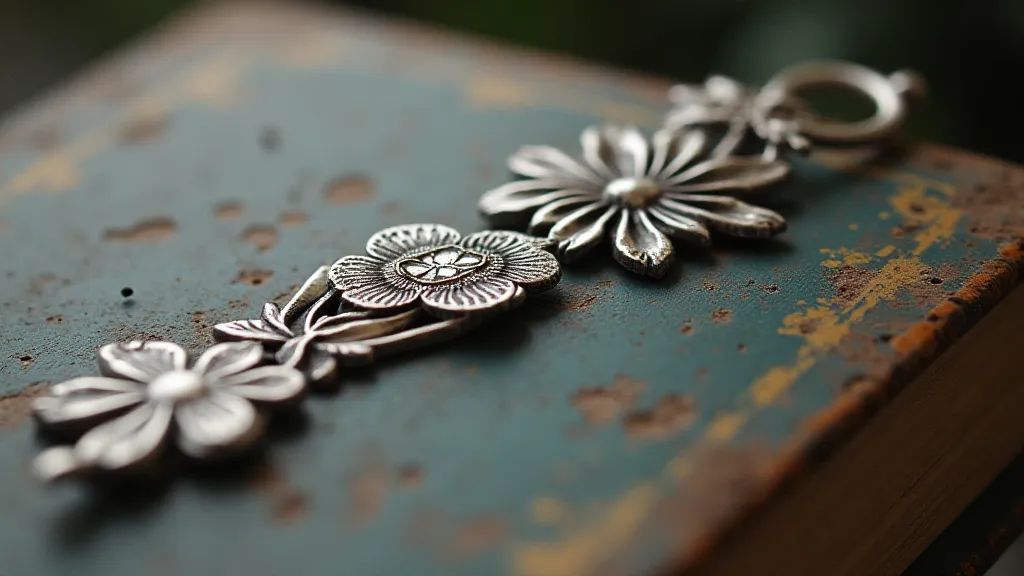
Restoration and Preservation: Protecting the Past
Collecting vintage bookmarks isn't just about acquisition; it’s about preservation. Many vintage bookmarks are fragile, susceptible to damage from light, moisture, and handling. Proper storage is crucial – acid-free sleeves and archival-quality boxes are essential for long-term preservation. Restoration should be approached with caution. Cleaning should be minimal, focusing on removing surface dirt rather than attempting to restore faded colors or repair tears. It’s often best to leave imperfections as they are – they are part of the bookmark’s history.
Interestingly, recognizing the fragility of these tiny treasures can be surprisingly enriching. It fosters a new level of appreciation, a respect for the stories they represent and the hands that created them. Suddenly, a simple piece of paper isn’t just an object; it’s a connection to the past, a testament to the enduring power of stories. It’s a beautiful tradition, solidifying the silent guardians for future generations.
Beyond Elsie's Collection: The Ongoing Journey
Elsie’s collection became my starting point. It ignited a curiosity that has led me to countless antique shops, flea markets, and online auctions. I’m not searching for the most valuable pieces; I’m seeking echoes, fragments of stories that resonate with my own. Each bookmark I add to my collection isn't just an addition; it's a conversation starter – a window into the life of a stranger, a shared love of literature that transcends time. There's a certain etiquette associated with these items, too, understanding the subtle nuances of how different generations expressed their literary tastes. Sometimes, a bookmark might even reveal more about the owner’s social standing or personal values, offering a glimpse into a world long past. The desire to showcase these treasures and share the stories they hold can lead to interesting discussions and connections with other enthusiasts. It is fascinating to consider the role that social status and societal expectations played in shaping choices. The idea of using bookmarks to subtly communicate one's literary preferences and even social standing has often been overlooked. Considering these factors contributes to a deeper understanding of the objects and the people who cherished them, revealing a tapestry of time of literary status.
The sheer volume of bookmarks created over the decades is staggering, reflecting the ever-changing landscape of design and manufacturing. From elaborate Victorian creations to mass-produced mid-century modern pieces, each bookmark is a snapshot of its time. It's a fascinating field of study, offering insights into the history of printing, advertising, and popular culture.
The connection between bookmarks and the books they accompany is a deeply personal one. A well-worn bookmark is more than just a placeholder; it's a tangible reminder of a cherished story, a journey taken, a world explored. It's a silent companion, a witness to countless hours of reading pleasure.
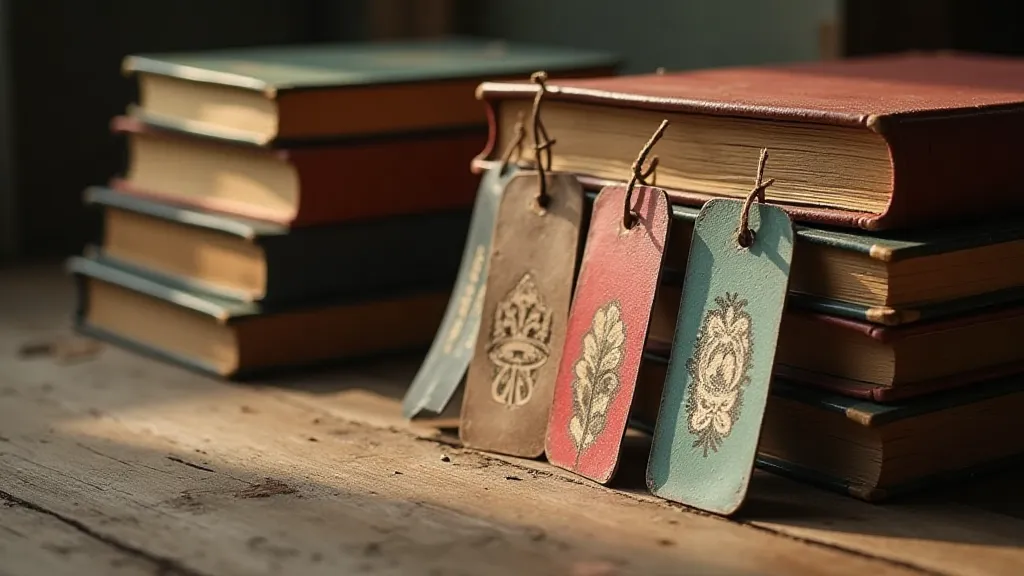
The pursuit of collecting vintage bookmarks can extend far beyond the simple pleasure of acquiring beautiful objects. It can become a lifelong journey of discovery, connecting you to the past and enriching your appreciation for the power of stories. It's a way to preserve history, celebrate creativity, and connect with the shared human experience.


